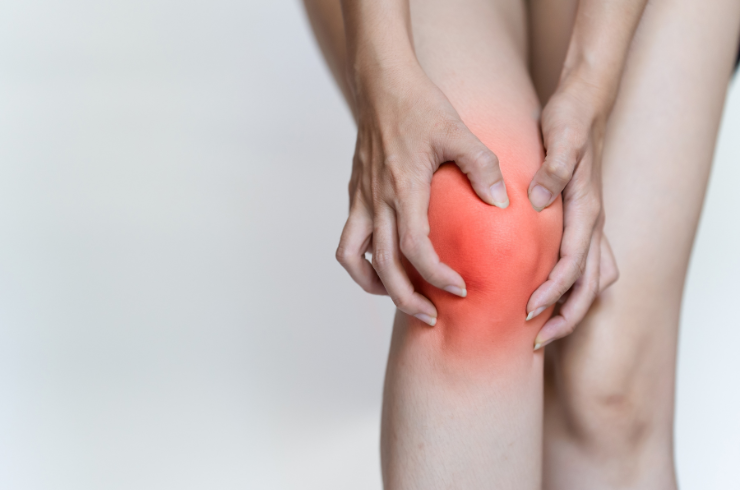Arthroscopy

Arthroscopy: A Minimally Invasive Approach to Joint Surgery
Arthroscopy is a modern, minimally invasive surgical procedure used to diagnose and treat problems inside a joint. It involves inserting a small, flexible tube equipped with a camera (arthroscope) through tiny incisions in the skin to view the inside of the joint. This procedure allows surgeons to examine the joint and perform repairs without the need for large incisions, resulting in less pain, faster recovery, and minimal scarring for the patient.
Uses of Arthroscopy
Arthroscopy is commonly performed on joints such as the knee, shoulder, ankle, elbow, wrist, and hip. It is used to address a wide range of musculoskeletal conditions, including:
Meniscus Tears: In the knee, arthroscopy allows surgeons to repair or remove damaged cartilage, restoring knee function.
Ligament Injuries: Arthroscopy is commonly used to repair torn ligaments, such as the anterior cruciate ligament (ACL) in the knee.
Cartilage Damage: Surgeons use arthroscopy to treat damaged cartilage in the joints by either repairing or removing the affected tissue.
Joint Inflammation or Infection: In cases of arthritis, inflammation, or infections, arthroscopy can help to clean out the joint and provide relief.
Bursitis and Tendon Injuries: In the shoulder and other joints, arthroscopy can be used to address tendon and bursa-related issues, such as tendon tears or inflammation.
Fractures and Loose Bodies: Arthroscopy can help remove bone fragments or foreign objects that are causing joint pain or mobility issues.
Benefits of Arthroscopy
- Minimally Invasive: The procedure requires only small incisions, which results in less trauma to the body, reduced scarring, and faster recovery compared to traditional open surgery.
- Quick Recovery: Most patients can return to normal activities within a few weeks, depending on the procedure and the joint involved.
- Reduced Risk of Infection: With smaller incisions, there is less risk of infection and complications during recovery.
- Enhanced Visualization: The arthroscope provides a clear, high-definition view of the joint, allowing for precise diagnosis and treatment of complex conditions.
The Procedure
Arthroscopy is typically performed under local, regional, or general anesthesia, depending on the joint and the extent of the surgery. The surgeon makes small incisions, through which the arthroscope and specialized surgical instruments are inserted. The camera transmits images to a monitor, guiding the surgeon throughout the procedure. After the issue is treated, the instruments are removed, and the small incisions are closed.
Post-Operative Care and Recovery
After an arthroscopic procedure, patients may experience some swelling, bruising, or discomfort around the incision sites, but this usually resolves within a few days. Physical therapy is often recommended to help regain strength, mobility, and function of the joint. The length of recovery varies depending on the nature of the surgery and the joint involved, but most individuals can return to regular activities within a few weeks to months.
Conclusion
Arthroscopy has revolutionized joint surgery by offering a less invasive, highly effective option for diagnosing and treating joint disorders. Whether for sports injuries, arthritis, or other joint problems, arthroscopy enables faster healing, minimal discomfort, and a quicker return to daily activities, making it a preferred choice for both patients and surgeons.
